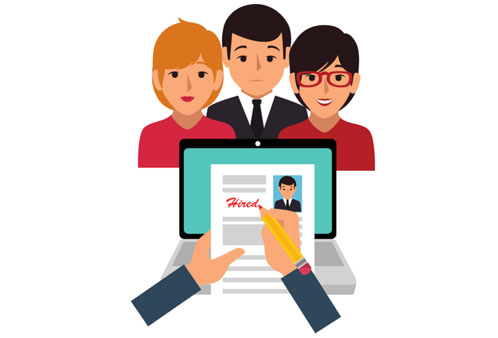Ageism in the workplace is a form of discrimination that involves treating individuals unfairly because of their age. This can affect both younger and older workers, but it often disproportionately impacts older employees. Ageism can manifest in various ways, such as:
- Hiring and Promotion: Older workers may be overlooked for job opportunities or promotions in favor of younger candidates. Similarly, younger workers may be seen as inexperienced or not taken seriously.
- Training and Development: Older workers may be excluded from training programs or professional development opportunities, leading to a lack of skill enhancement and career advancement.
- Salary and Benefits: Older workers may be paid less than their younger counterparts for the same work, or they may receive fewer benefits.
- Work Environment: Older workers may be subjected to negative stereotypes or jokes about their age, which can create a hostile work environment.
- Retirement Pressures: Older workers may face pressure to retire early, even if they are still capable and willing to work.
The impact of ageism in the workplace can be significant, leading to decreased job satisfaction, lower productivity, and increased turnover among older workers. It can also contribute to feelings of worthlessness, isolation, and depression.
To prevent ageism in the workplace, organizations can take several steps:
- Implement Anti-Discrimination Policies: Clearly outline policies that prohibit age discrimination and ensure that all employees are aware of their rights and responsibilities.
- Provide Diversity and Inclusion Training: Train employees and managers on the importance of diversity and inclusion, including the effects of ageism and how to prevent it.
- Encourage Intergenerational Collaboration: Foster a culture that values the contributions of employees of all ages, as well as encourages collaboration and knowledge-sharing among different generations.
- Offer Flexible Work Arrangements: Provide flexible work options, such as telecommuting or flexible hours, to accommodate the needs of employees at different stages of their careers.
- Promote Lifelong Learning: Offer training and development opportunities to employees of all ages so they can continuously learn and grow in their careers.
- Address Ageist Behaviors: Take action against ageist behaviors, such as derogatory comments or unequal treatment, to create a respectful and inclusive work environment.
By taking these steps, organizations can help prevent ageism in the workplace and create a more inclusive and supportive environment for employees of all ages.







